Echeveria vs. Graptoveria: Key Differences Explained
Succulents come in endless shapes, colors, and sizes, making it a fun challenge to identify them. While some stand out with their unique looks, others are trickier, especially if they’re hybrids. Take Echeveria and Graptoveria for instance – they may seem like identical twins at first glance! But fear not, succulent sleuths, we’ve got the clues to crack this case wide open. Get ready to discover the 5 unmistakable differences that’ll make you a pro at telling these rosette beauties apart!
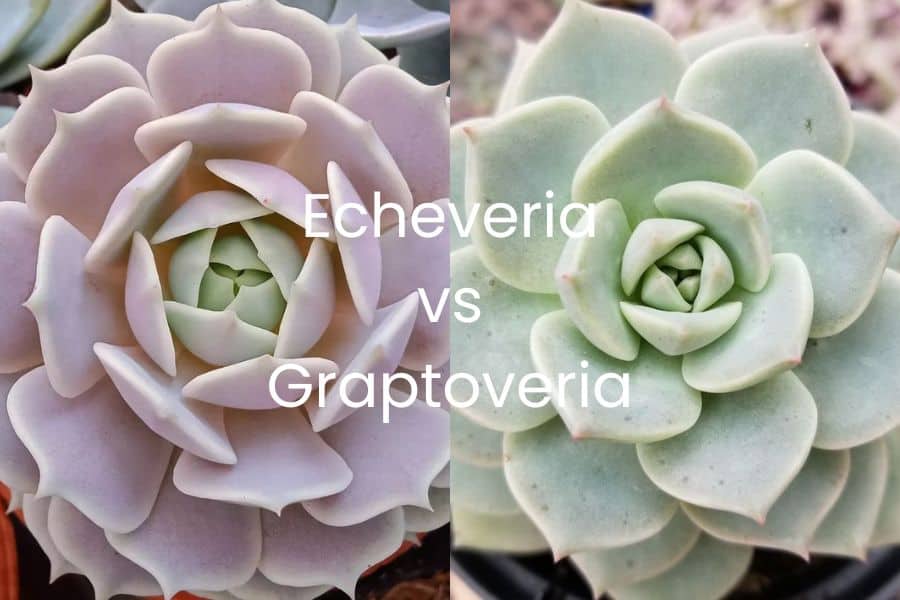
Contents
The Case of the Uncanny Resemblance
Before we get to the differences, let’s talk about why these two cause so much mix-up mania in the first place. See, Graptoveria is actually a hybrid created by crossing Graptopetalum with Echeveria. That means it shares genetics and traits with both parents! No wonder they resemble each other. Plus, since hybrids are often sterile, their looks can be pretty unpredictable too. Some Graptoveria cultivars take more after their Echeveria side in appearance.
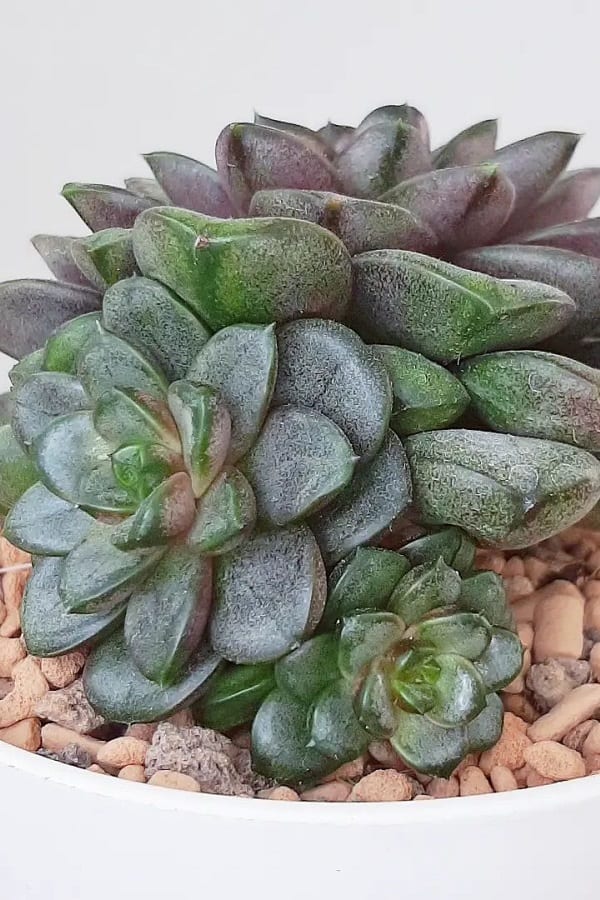 Graptoveria amethorum
Graptoveria amethorum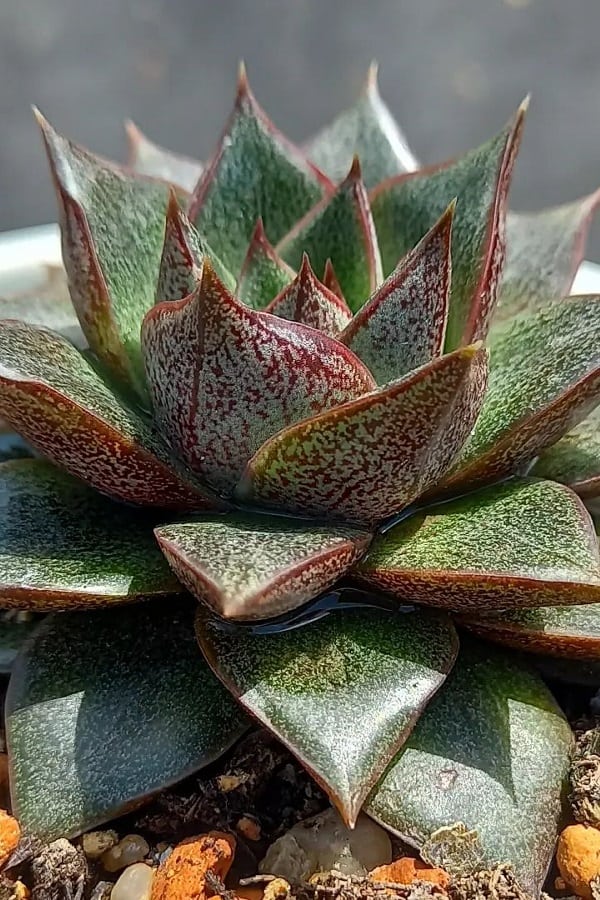 Echeveria purpusorum
Echeveria purpusorum
The Low-down on Leaf Thickness
One of the biggest giveaways is leaf thickness. Echeveria leaves are the delicate damsels – smooth, pointy, and relatively thin (though still pretty sturdy). But Graptoveria? Those leaves are the beefy bodybuilders, inheriting their thick, muscle-y build from their Graptopetalum parent. While Echeveria leaves are nowhere near frail, Graptoveria’s are just on a whole other level of heft.
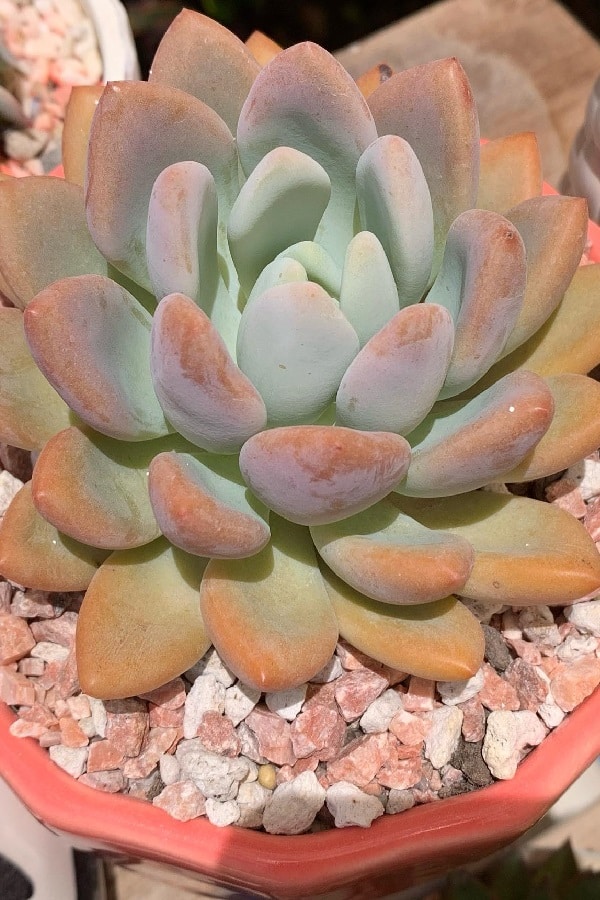 Graptoveria opalina with thicker leaves
Graptoveria opalina with thicker leaves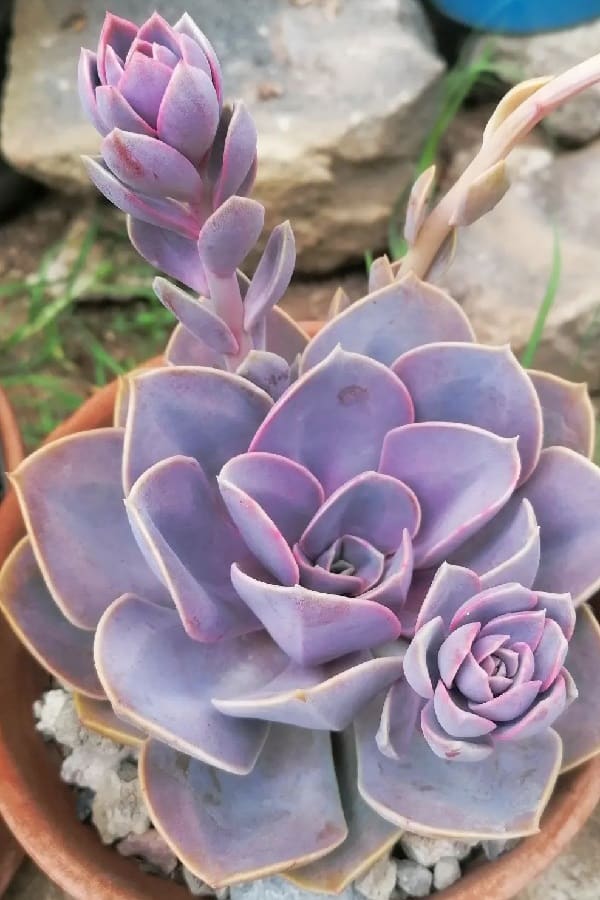 Echeveria Perle von Nurnberg with thinner leaves
Echeveria Perle von Nurnberg with thinner leaves
The Blooming Difference
Flowers can be a dead giveaway too! Echeveria blossoms stay closed like shy buds, hanging upright in pretty lanterns that lure in hummingbirds. But Graptopetalum blooms? They’re total show-offs, opening up into bright starry wonders that catch every butterfly’s eye. Now, if your Graptoveria took after its Echeveria side for flowers, it’ll be tougher to tell, but those leaf clues should still give it away.
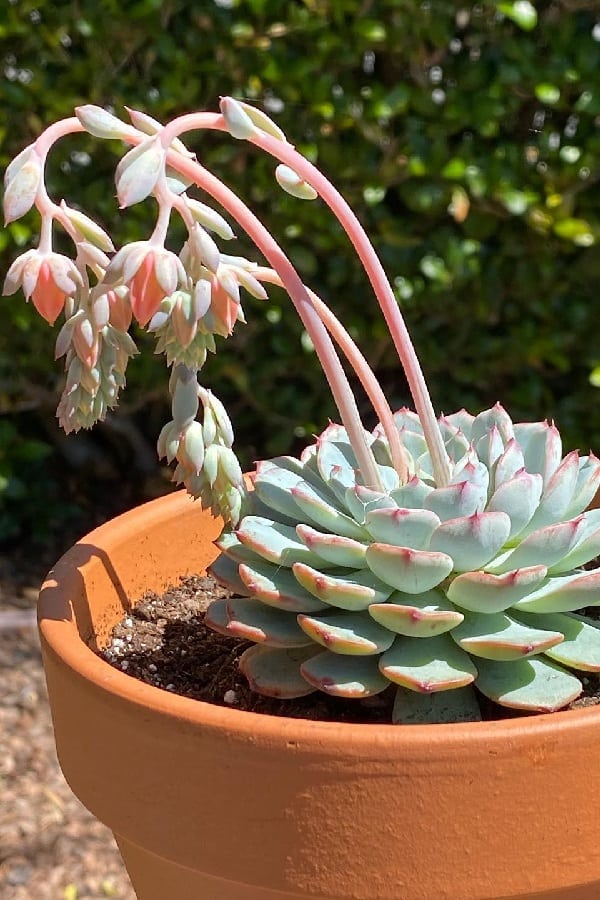 Echeveria minima blooms
Echeveria minima blooms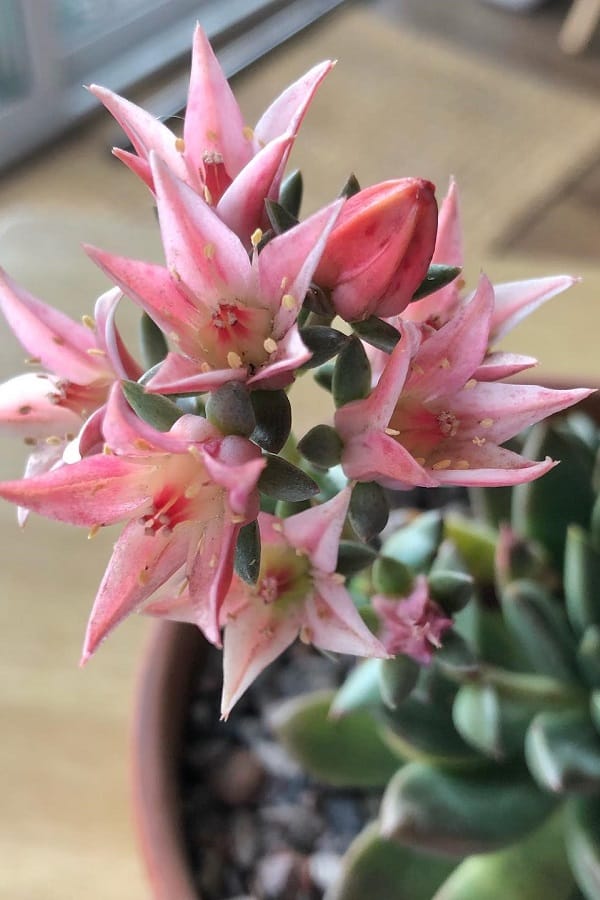 Graptoveria April Dawn blooms
Graptoveria April Dawn blooms
A Case of Stem Envy
While Echeveria rosettes stick close to the ground (unless they’re trying to reach more light), Graptoveria stems just keep on growing and arching over containers like overgrown vines. These woody stems let Graptoveria show off its compact rosettes from up high. So if your succulent’s got long, tumbling stems holding up cute rosettes, you’re likely looking at a Graptoveria.
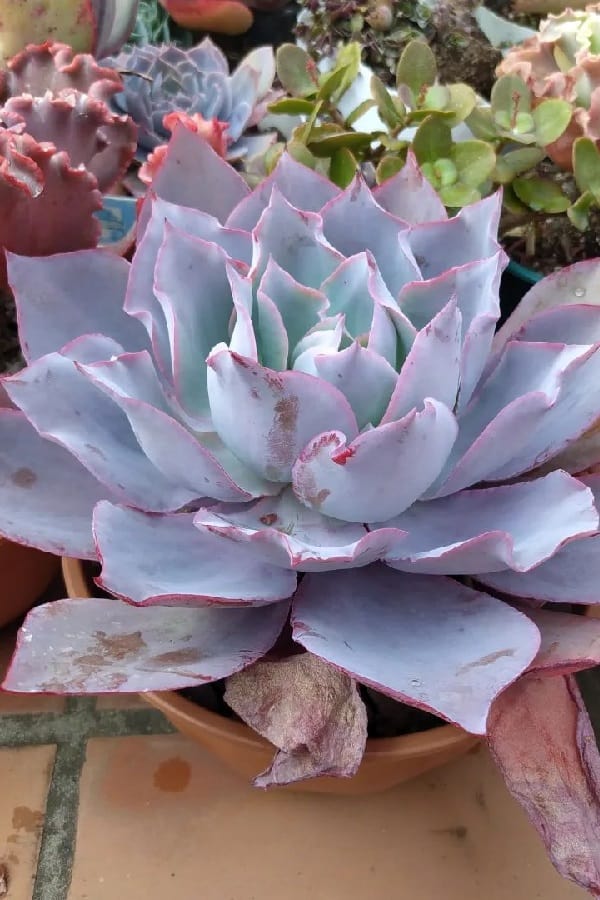 Echeveria After Glow
Echeveria After Glow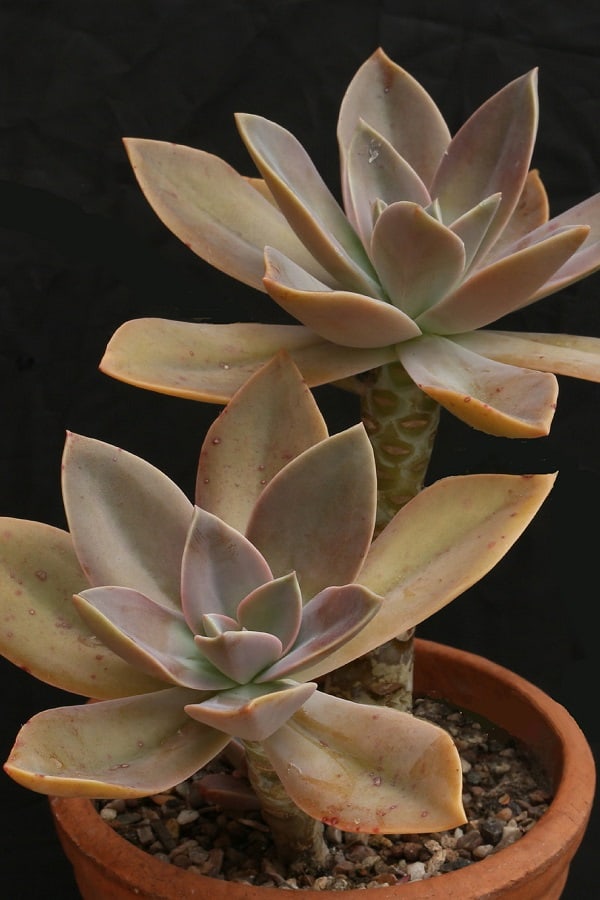 Graptoveria Fred Ives
Graptoveria Fred Ives
The Offset Patterns
Another telling sign? How the offsets (baby plants) form. Echeveria’s little ones sprout obediently from the base, but Graptopetalum’s (and Graptoveria’s) rebel offsets just pop up anywhere along those unruly stems! So if your plant’s got tiny rosettes trailing down its lengthy stems, you can bet it’s got some Graptopetalum in its genes.
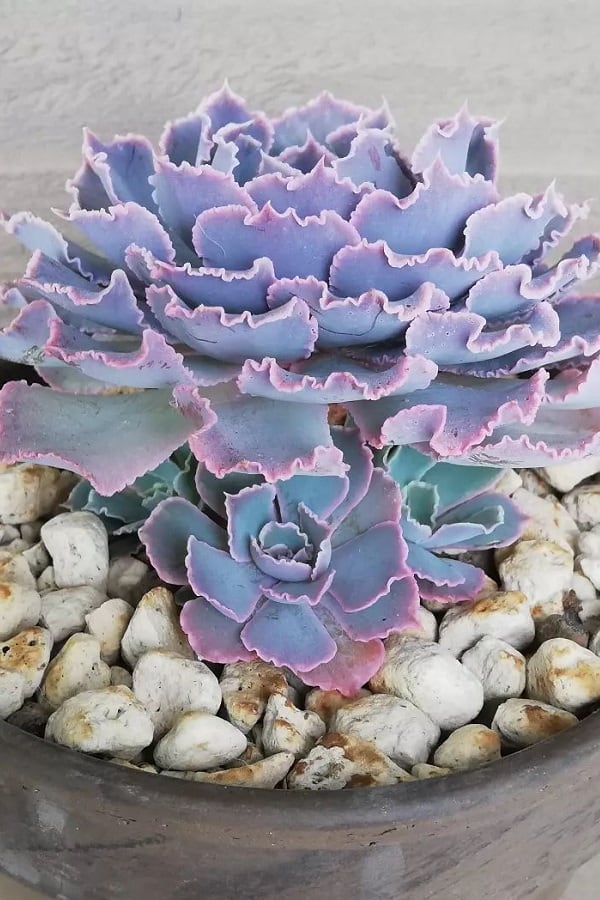 Echeveria Neon Breakers
Echeveria Neon Breakers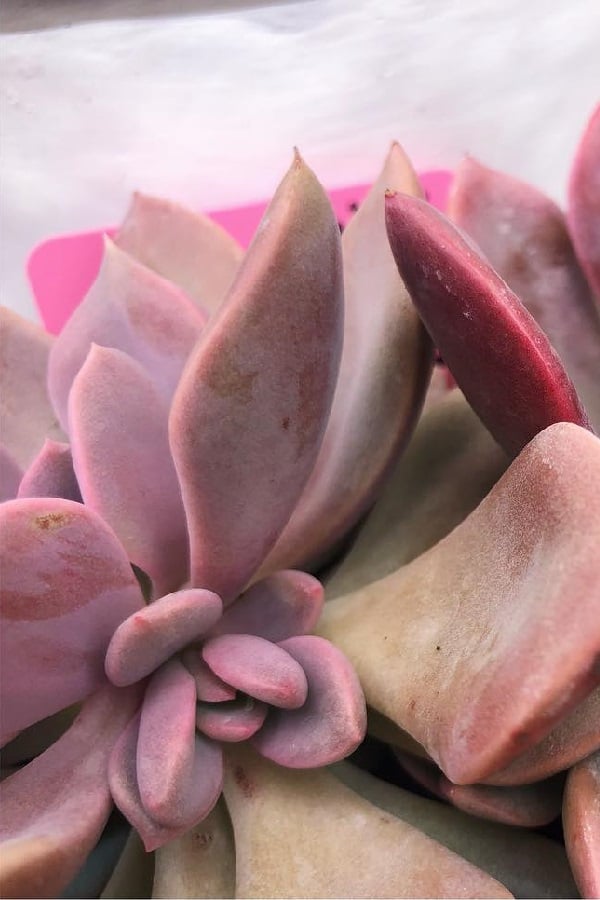 Graptoveria Debbie
Graptoveria Debbie
Hardy the Survivor
Last but not least, hardiness. Now, neither of these pretties are truly cold-hardy succulents that can tough out frosty nights. But Graptoveria (taking after tough dad Graptopetalum) can handle a tiny bit more shade and cooler temps down to around 45°F before throwing a fit. Echeveria? She’s a bit more of a prima donna, preferring her sunny days and balmy nights above 45°F.
Echeveria vs Graptoveria: The Verdict
So while these two may seem like impossible-to-tell-apart clones at first, you’ve now got a whole checklist of differences to decipher the mystery. From those signature thick or thin leaves, to their unique bloom styles, stem lengths, offset placements, and hardiness levels – you’re all set to be a Graptoveria vs. Echeveria identification expert!
Still not sure which regal rosette you’ve got on your hands? No worries, they’re both equally stunning and have the same basic care needs anyway. But trust us, once you spot those distinctive differences, you’ll be dying to show off your sleuthing skills to all your succulent pals!
